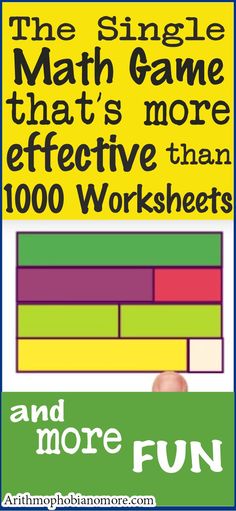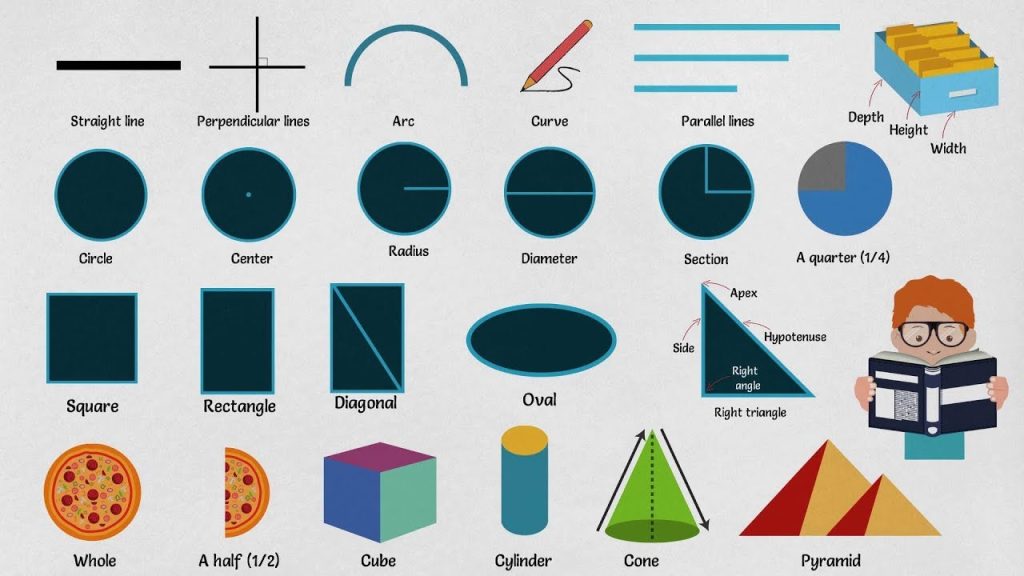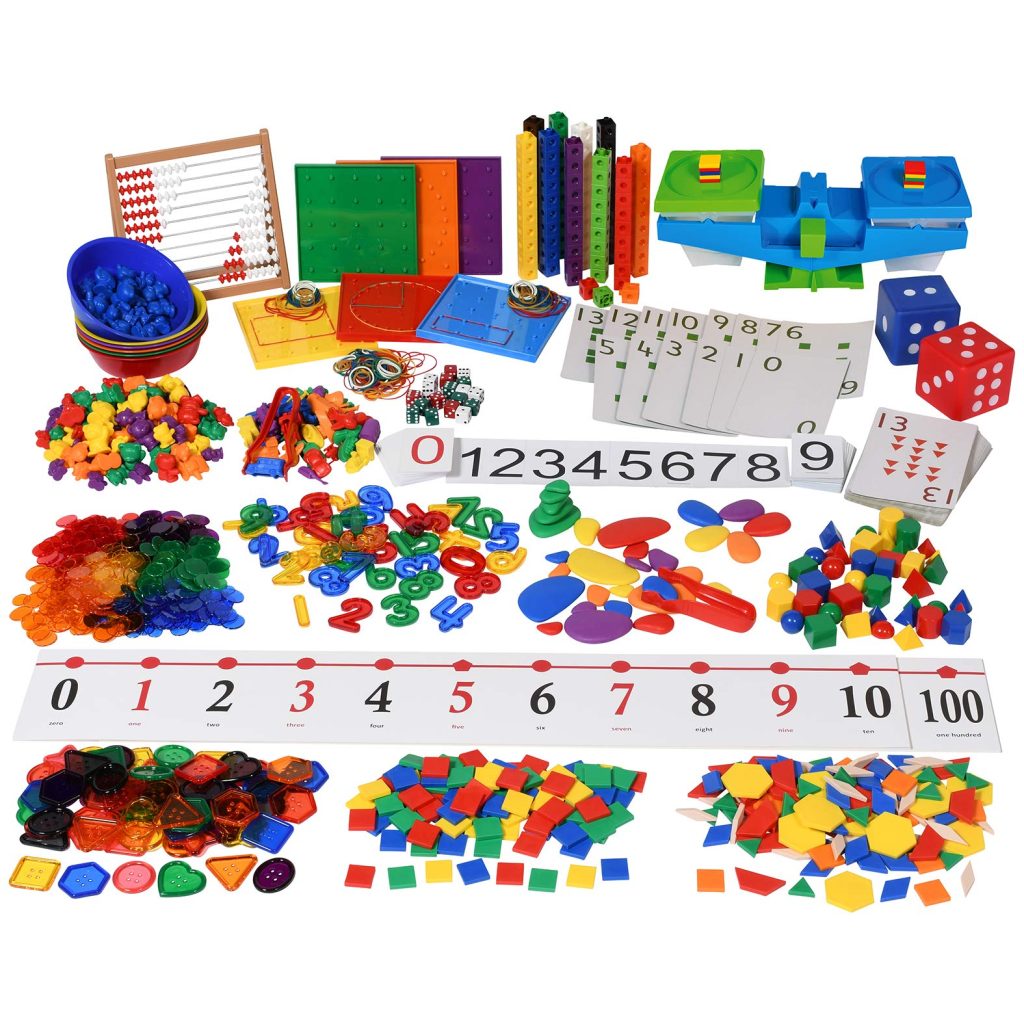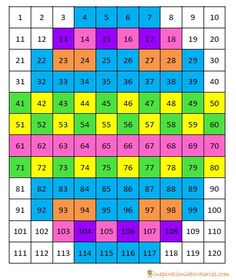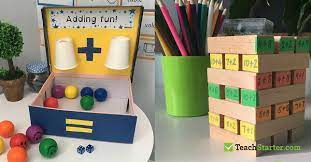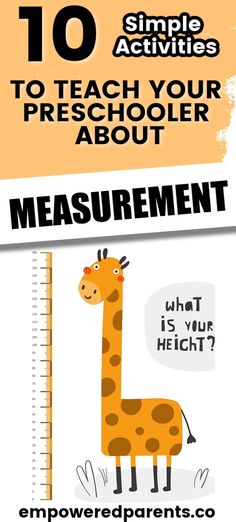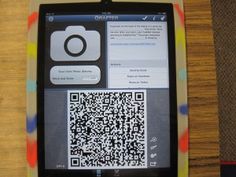Mathematics, often seen as a daunting subject, has found a new ally in ‘The Ultimate Maths Game’, an innovative resource designed to make learning math not just easy but incredibly fun. Gone are the days when math classes were met with a sense of dread. With this single game, educators and students alike have five versatile approaches to engage with math concepts.
1.Solo Quests – Individual Mastery
For self-paced learning, The Ultimate Maths Game offers a ‘Solo Quest’ mode. Here, students can tackle problems at their own speed, focusing on areas where they need the most practice. This personalized approach is akin to having a digital tutor, ready to navigate through the trickiest of algebraic jungles or geometric mazes.
2.Multiplayer Madness – Collaborative Challenges
Nothing spells engagement like a little friendly competition. In ‘Multiplayer Madness’, classmates can participate in real-time challenges against each other. This method not only reinforces mathematical skills but also promotes teamwork and healthy competition as students vie to top the leaderboards while supporting their peers.
3.Adventure Mode – Contextual Learning
Some learners excel when problems are framed within stories or real-life scenarios. ‘Adventure Mode’ takes players on narrative-driven escapades where math is the hero’s tool to overcome obstacles, rescue characters, or even build cities. Through this mode, students apply mathematical principles within contexts that show the real-world value of their skills.
4.Creative Puzzles – Lateral Thinking
To foster creativity in problem-solving, The Ultimate Maths Game has an array of puzzles that require out-of-the-box thinking. Problems often have multiple solutions, encouraging students to think laterally and understand that there can be several pathways to a correct answer—a valuable life lesson transcending mathematics.
5.Global Leaderboard – Worldwide Ranking
Finally, for an extra level of motivation and a sense of achievement, players can strive to climb the ranks in the game’s global leaderboard system. By solving problems with speed and accuracy, students can see how they measure up against others from around the world, fostering a global community of math enthusiasts.
In summary, The Ultimate Maths Game offers diverse ways for learners to interact with mathematical concepts. Whether it’s through independent practice or collaborative quests; whether it emphasizes rote calculation skills or creative problem-solving; this singular resource adapts to meet different learning styles and needs, proving that math education can be as dynamic and engaging as it is educational.
